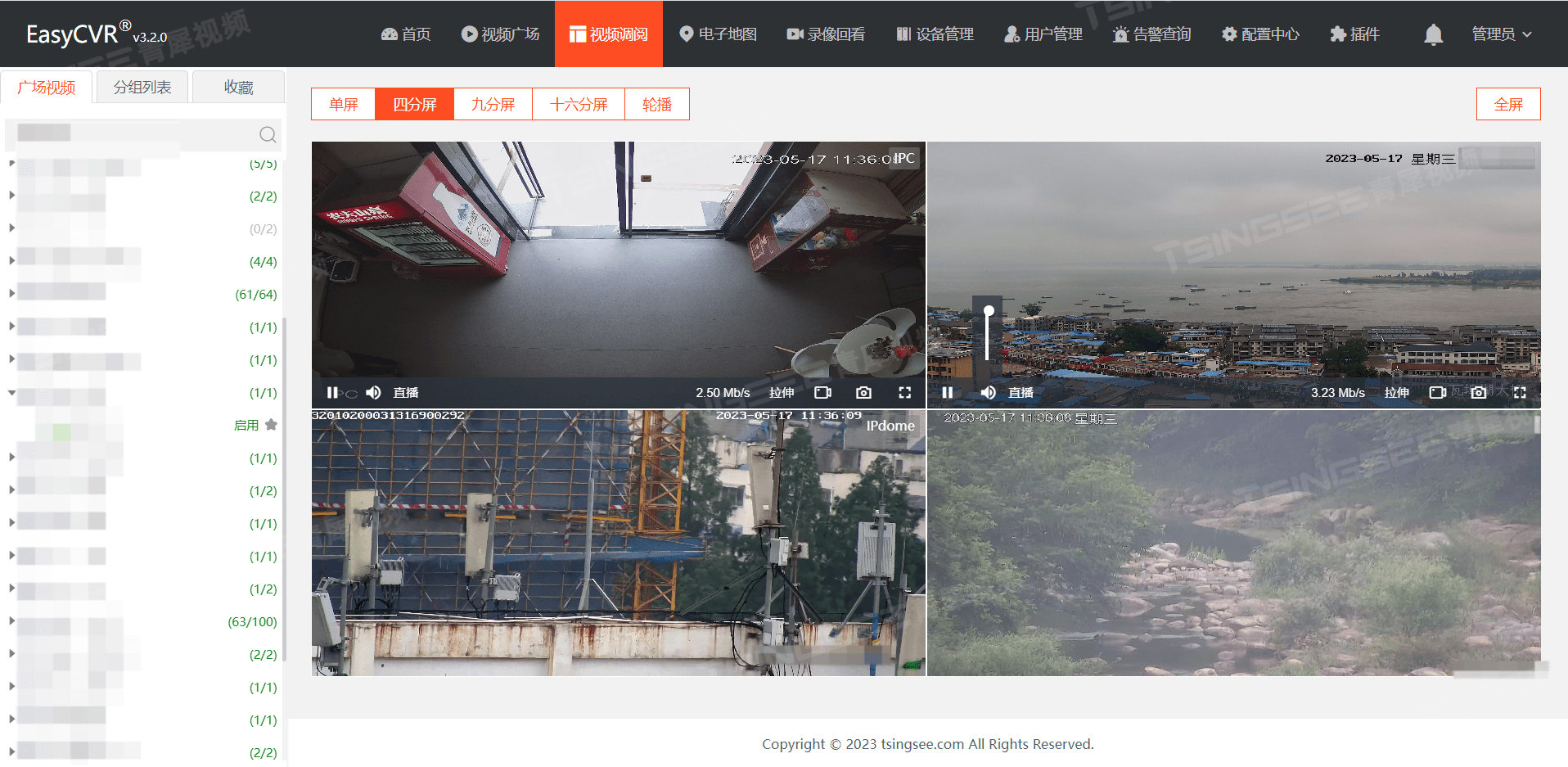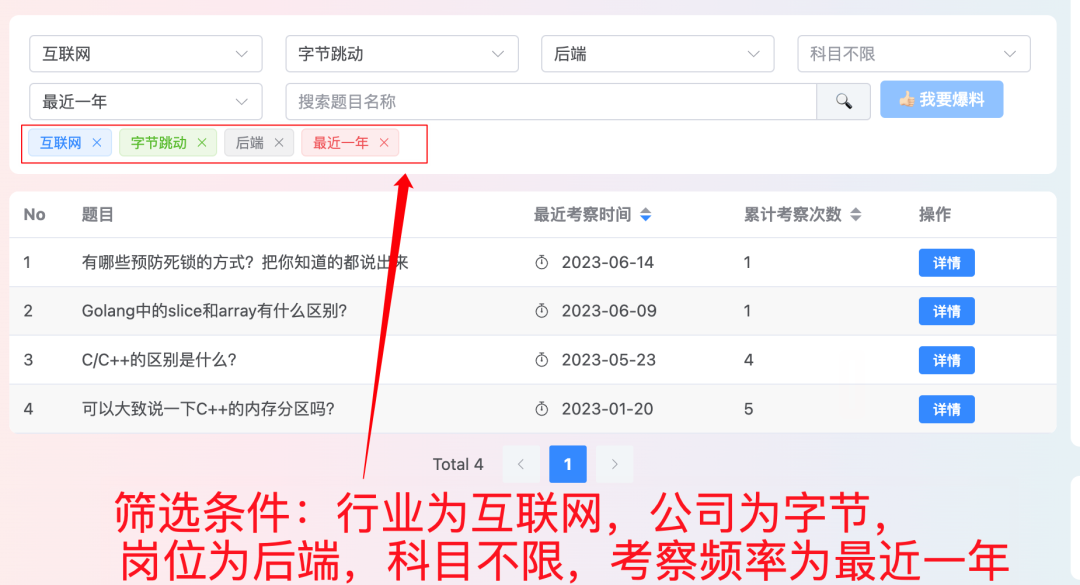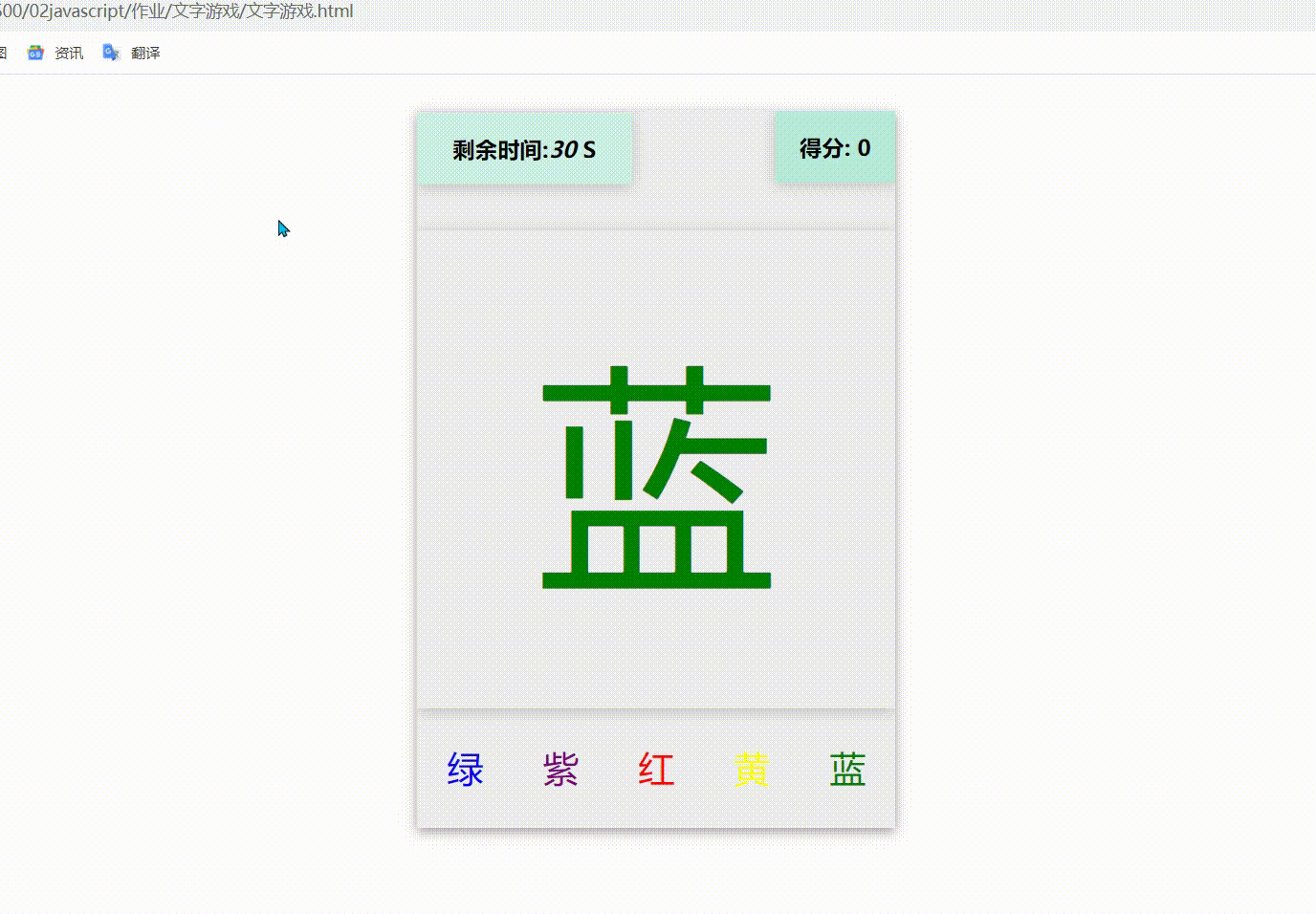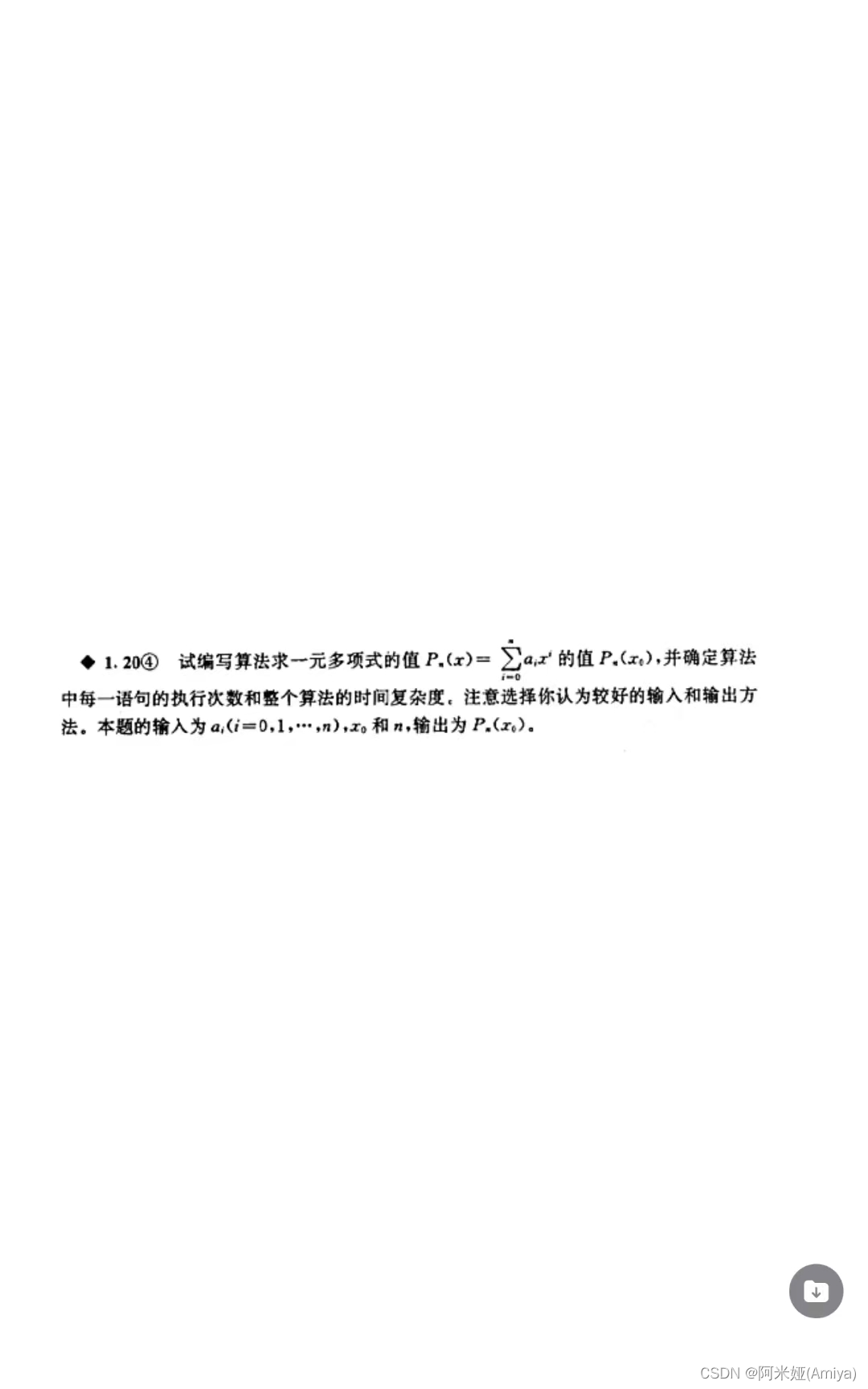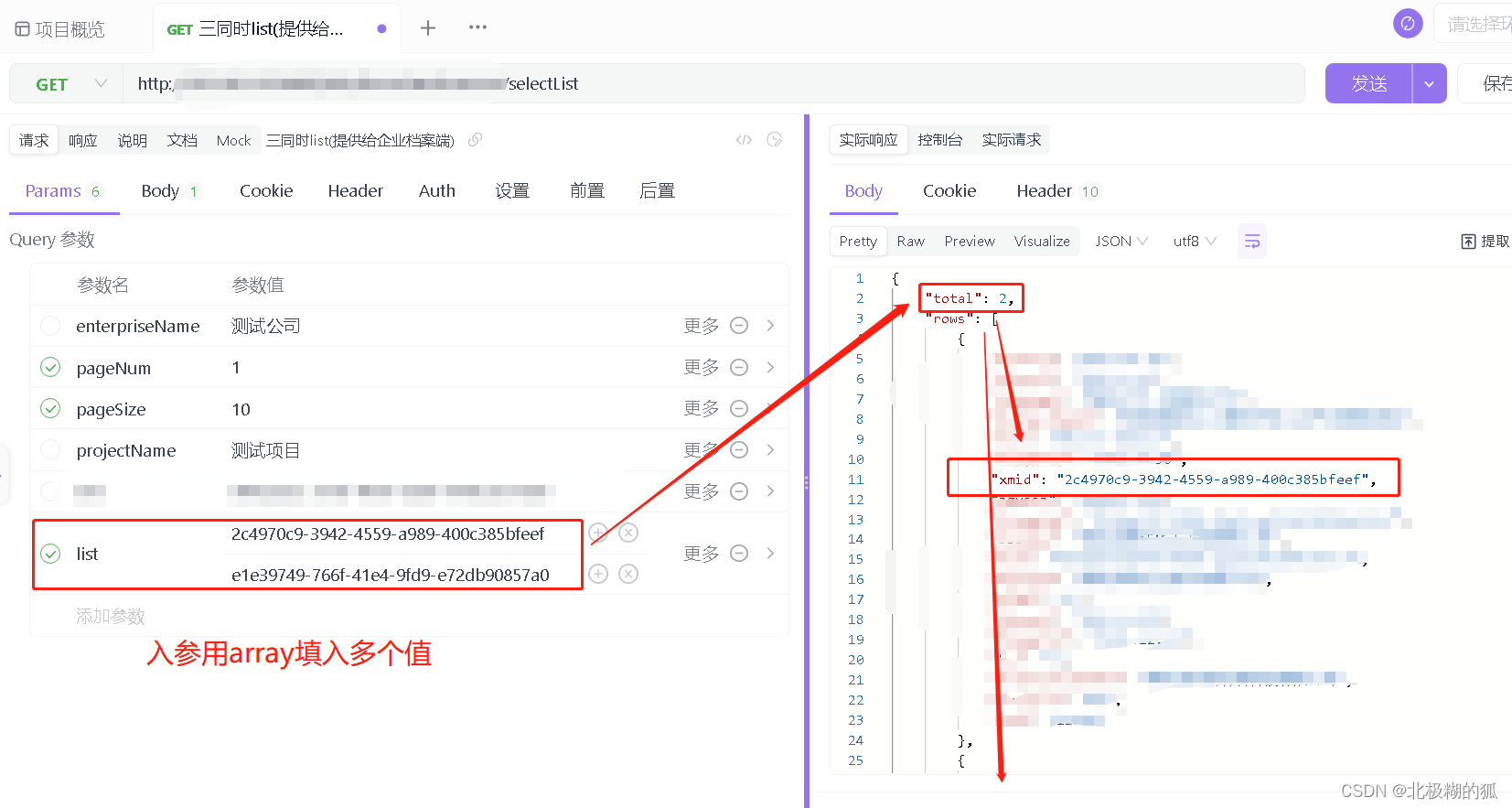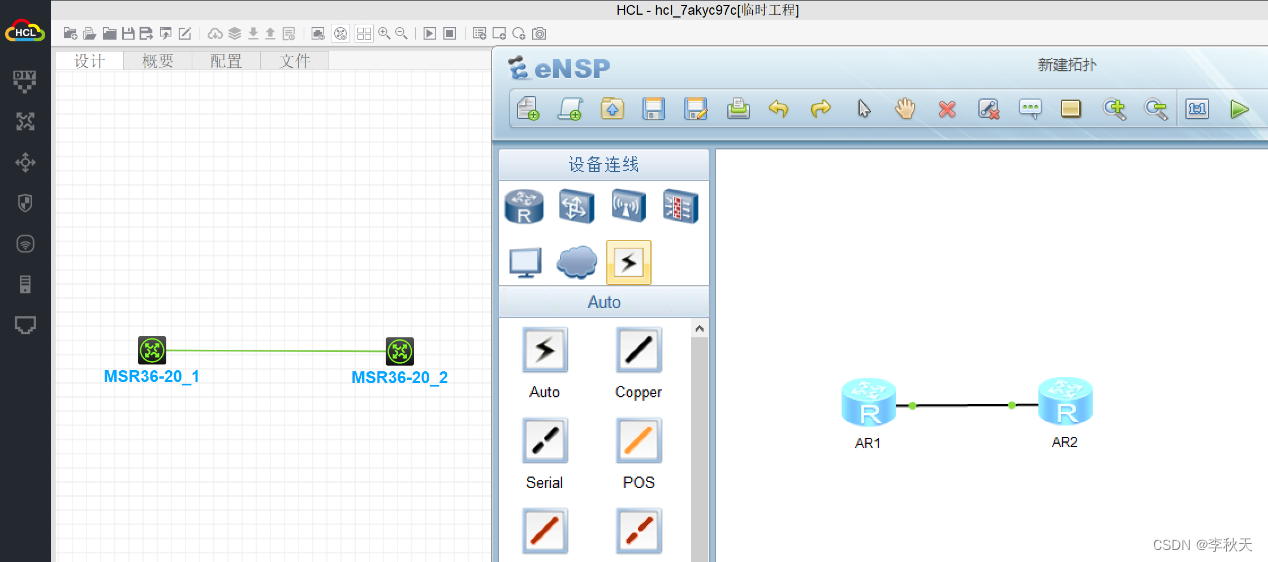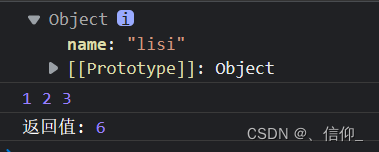异常
传统错误处理机制是assert断言和errno错误码。两种方式都有很大的局限性:
| 错误处理机制 | 局限性 |
|---|---|
| 断言 | 强制终止程序,用户难以接受 |
| 错误码 | 返回值传递错误码,占用函数返回位置;无法直接展示信息,需查错误码表 |
1. 异常的概念
异常是面向对象语言对错误的处理机制。更加灵活和全面。
当一个函数发现自己无法处理错误时就可以抛出异常,让函数的调用者处理这个错误。
| 关键字 | 含义 |
|---|---|
throw | 使用throw可以抛出一个异常 |
catch | 在处理问题的地方,使用catch用来捕获并处理异常。 |
try | try块中的代码将被激活的特定异常,它后面通常跟着一个或多个catch块。 |
异常机制可以帮助我们将异常检测和处理机制解耦,这样异常检测部分可以不必知道异常如何处理。
int Division(int a, int b)
{
if (b == 0)
throw "Division by zero condition";
else
return a / b;
}
void Func()
{
int a, b;
cin >> a >> b;
cout << Division(a, b) << endl;
}
int main()
{
try
{
Func();
}
catch (const char* errmsg)
{
cerr << errmsg << endl;
}
catch (...)
{
cerr << "Unkown Exception" << endl;
}
return 0;
}
2. 异常的使用
2.1 抛出和捕获规则
throw可抛任意类型的变量,类型对应才能被捕获,catch(...)可以捕获任意类型。- 抛出异常后,会直接跳到调用链上最近的匹配的
catch块。 - 异常处理后程序会从
catch位置向后运行。如果异常没有被捕获就会终止程序。 - 抛出异常后,会生成一份拷贝的异常对象,该临时对象会在
catch后销毁。 - 捕获异常是可以用父类对象捕获子类对象,原理是多态对象切片。
实际工程中也都是用自定义异常类,用父类对象捕获子类对象,这非常实用。
try
{
throw memory_exception; // 子类
}
catch (const exception& e) // 父类
{
}
函数调用链展开异常匹配原则
- 首先检查
throw语句是否在try内部,如果是再从try块的结束位置查找匹配的catch语句,如果不是则直接终止程序。 - 如果当前函数栈没有匹配的
catch块,则退出当前函数栈在其调用栈查找匹配的catch块。如果到main函数栈桢依旧没有匹配的catch块,则直接终止程序。 - 找到匹配的
catch子句并处理以后,会继续沿着catch子句后面继续执行。

一般在大型项目中都是在最外层统一进行处理异常,但资源的释放需要在当前层完成,为防止异常跳过资源释放,可以在当前层捕获并释放再抛出,再在最外层重新捕获并处理。
void Func()
{
try {
some();
}
catch (...) {
delete resource; // 释放资源
throw; // 重新抛出
}
}
int main()
{
try {
Func();
}
catch(...) {
HandlerException(); // 处理异常
}
}
2.2 异常安全和规范
C++ 中经常会出现异常导致资源泄漏的问题。比如:
在new和delete中间抛出异常,可能导致内存泄漏。在lock和unlock中间抛出异常,可能导致死锁。
异常规范
针对异常,C++标准也有规范,
- 如果函数不会抛异常可以在其声明后加上关键字
noexcept。 - 在函数声明后加上
throw(...)表明该函数可能抛出的异常类型。
// 表示函数可能抛出的异常有指定类型
void Func() throw(int, char, string, vector);
// 表示函数只可能会抛出std::bad_alloc一种异常
void New(size_t size) throw (std::bad_alloc);
// 表示函数不会抛出异常
void Delete(size_t size, void* ptr) throw();
编译器不对这两条声明作检查。
异常安全
- 不要在构造析构函数内抛出异常,以防对象初始化或释放不全。
- 对于异常导致的资源泄漏、死锁等问题,通常使用锁守卫和智能指针来初始化和析构。
3. 自定义异常体系
实际项目中不可随便抛任意类型的异常,这样会增加处理难度。很多公司都会定义自己的异常类体系进行规范的异常管理。

实际工程中也都是自定义异常类体系,用父类对象捕获子类对象,这非常实用。
class Exception
{
public:
Exception(const string& errmsg, int id)
:_errmsg(errmsg), _id(id)
{}
virtual string What() const {
return _errmsg;
}
protected:
string _errmsg;
int _id;
};
class SqlException : public Exception
{
public:
SqlException(const string& errmsg, int id, const string sql)
: Exception(errmsg, id), _sql(sql)
{}
virtual string What() const {
return "SqlException: " + _sql + " : " + _errmsg;
}
private:
string _sql;
};
class CacheException : public Exception
{
public:
CacheException(const string& errmsg, int id)
: Exception(errmsg, id)
{}
virtual string What() const {
return "CacheException: " + _errmsg;
}
};
class HttpException : public Exception
{
public:
HttpException(const string& errmsg, int id, const string& type)
: Exception(errmsg, id), _type(type)
{}
virtual string What() const {
return "HttpException: " + _type + " : " + _errmsg;
}
private:
string _type;
};
模拟网络服务体系:
void SqlMgr()
{
//...
if (rand() % 7 == 0)
throw SqlException("sql sytanx wrong!", 100, "some error sql");
if (rand() % 8 == 0)
throw SqlException("permission denied!", 101, "select * from secret");
//...
throw "Unkown Exception";
}
void CacheMgr()
{
//...
if (rand() % 5 == 0)
throw CacheException("insufficient space!", 100);
if (rand() % 6 == 0)
throw CacheException("permission denied!", 101);
//...
SqlMgr();
}
void HttpMgr()
{
//...
if (rand() % 3 == 0)
throw HttpException("resource is not exist!", 100, "post");
if (rand() % 4 == 0)
throw HttpException("permission denied!", 101, "post");
//...
CacheMgr();
}
void ServerStart()
{
srand((unsigned int)time(nullptr));
while (1)
{
this_thread::sleep_for(chrono::seconds(1));
try {
HttpMgr();
}
catch (const Exception& e) {
cout << e.What() << endl;
}
catch (...) {
cout << "Unkown Exception" << endl;
}
}
}
int main()
{
ServerStart();
return 0;
}
4. 标准库的异常体系
C++标准库也提供了标准异常类std::exception。
继承体系结构图如下:

| 异常 | 描述 |
|---|---|
| std::exception | 该异常是所有标准异常的父类 |
| std::bad_alloc | new出现异常,内存不足 |
| std::bad_cast | dynamic_cast出现异常 |
| std::bad_exception | 出现无法预期的异常 |
| std::bad_typeid | typeid出现异常 |
| std::logic_error | 逻辑错误 |
| std::domain_error | 无效的数学域异常 |
| std::invalid_argument | 无效的参数异常 |
| std::length_error | td::string出现异常,字符串太长 |
| std::out_of_range | 越界访问 |
| std::runtime_error | 运行时异常 |
| std::overflow_error | 溢出异常 |
| std::range_error | 存储超出范围异常 |
| std::underflow_error | 数学下溢异常 |
5. 异常的优缺点
| 异常的优点 |
|---|
| 清晰准确地展示出各种错误信息 |
| 不需要层层返回,一次性到达异常处理的地方 |
| 不占用函数的返回位置 |
| 异常的缺点 |
| 异常可能导致执行流乱跳,易混乱 |
| 异常容易导致资源泄漏,需要智能指针管理资源 |
| 标准库的异常体系定义得不好,导致没有规范的异常体系。 |
智能指针
异常会导致资源泄露等安全问题,可以用智能指针管理这些资源。
0. RAII
智能指针需要解决三个问题:
- 支持模拟
*、->、++、--等指针运算; - 自动初始化自动销毁;
- 解决指针拷贝问题。
template <class T>
class SmartPtr
{
public:
SmartPtr(T* ptr) : _ptr(ptr)
{}
~SmartPtr()
{
delete _ptr;
}
private:
T* _ptr;
};
void Func()
{
try {
SmartPtr<int> sp = new int;
}
catch(const exception& e) {
cout << e.what() << endl;
}
}
RAII是一种利用对象生命周期来管理资源的初始化和销毁的简单思想。
给资源“套了对象的壳”,把管理资源的责任托管给了一个对象。对象构造时获取资源,对象析构时自动释放。
此间对象控制对资源的访问,使之在对象的生命周期内始终保持有效。
int main()
{
SmartPtr<int> sp1 = new int;
SmartPtr<int> sp2(sp1); // 程序崩溃 ...
}
智能指针是用来管理资源的,如果要支持拷贝构造那必是浅拷贝,管理同一份资源。但析构两遍会导致程序崩溃。
多个对象管理同一份资源才是实现智能指针的难点。
跟随智能指针的发展历程讨论如何实现智能指针。
2. auto_ptr
C++98标准库中第一个智能指针就是auto_ptr,而auto_ptr对智能指针拷贝的处理方案是管理权转移。
template <class T>
class auto_ptr
{
public:
auto_ptr(T* ptr) : _ptr(ptr)
{}
auto_ptr(auto_ptr& sp)
: _ptr(sp._ptr) // 将资源的管理权移交到自己手上
{
sp._ptr = nullptr; // 将原指针置空
}
T& operator*()
{
return *_ptr;
}
T& operator->()
{
return _ptr;
}
auto_ptr& operator++()
{
++_ptr;
}
auto_ptr& operator--()
{
--_ptr;
}
~auto_ptr()
{
delete _ptr;
}
private:
T* _ptr;
};
void test_auto_ptr()
{
auto_ptr<int> p1(new int);
auto_ptr<int> p2(p1); // 管理权转移
cout << *p2 << endl;
cout << *p1 << endl; // 程序崩溃
}
将原指针置空,并将资源的管理权移交到自己手上,就不需要担心析构的问题。
这样虽然实现拷贝的功能,但原智能指针sp1已经变成了空指针。所以库中的auto_ptr是个失败的半成品。
std::auto_ptr
3. unique_ptr
当时Boost库设计出了三个智能指针scoped_ptr、shared_ptr、weak_ptr。
C++11更新的std::unique_ptr就是Boost库的scoped_ptr改名来的。unique_ptr简单粗暴,禁止拷贝构造。
template <class T>
class unique_ptr
{
public:
unique_ptr(T* ptr) : _ptr(ptr)
{}
unique_ptr(const unique_ptr<T>& sp) = delete; // 直接禁止拷贝构造
T& operator*()
{
return *_ptr;
}
T& operator->()
{
return _ptr;
}
unique_ptr& operator++()
{
++_ptr;
}
unique_ptr& operator--()
{
--_ptr;
}
~unique_ptr()
{
delete _ptr;
}
private:
T* _ptr;
};
void test_unique_ptr()
{
std::unique_ptr<int> up1(new int);
std::unique_ptr<int> up2(up1); // 编译报错
}
std::unique_ptr
4. shared_ptr
那如何让智能指针可以拷贝,也可以准确析构呢?
使用引用计数,为管理的资源配一个变量用来计数。只有最后一个对象析构时再去释放资源,其他对象析构只需减减引用计数。
注意是为被管理的资源配一个引用计数,而不是给对象,所以不能用静态成员变量。

template<class T>
class shared_ptr
{
public:
shared_ptr(T* ptr)
: _ptr(ptr)
, _pcnt(new int(1))
{}
shared_ptr(const shared_ptr& p)
: _ptr(p._ptr)
, _pcnt(p._pcnt)
{
++(*_pcnt);
}
shared_ptr& operator=(const shared_ptr& p)
{
if (_ptr != p._ptr)
{
if (--(*_pcnt) == 0)
{
delete _ptr;
delete _pcnt;
_ptr = nullptr;
_pcnt = nullptr;
}
_ptr = p._ptr;
_pcnt = p._pcnt;
_pmtx = p._pmtx;
++(*_pcnt);
}
return *this;
}
~shared_ptr()
{
if (--(*_pcnt) == 0)
{
delete _ptr;
delete _pcnt;
_ptr = nullptr;
_pcnt = nullptr;
}
}
T& operator*()
{
return *_ptr;
}
T* operator->()
{
return _ptr;
}
T* get()
{
return _ptr;
}
size_t use_count()
{
return *_pcnt;
}
private:
T* _ptr;
int* _pcnt;
};
在构造函数首次接受资源的托管时,开辟一个堆变量作引用计数,就实现资源和引用计数配套了。
线程安全
除此之外,多线程下无法保证引用计数的安全,智能指针需要考虑引用计数的线程安全。可以使用标准库中的原子操作封装引用计数,也可以在AddRef和Release处加锁。
故库中的shared_ptr的引用计数是线程安全的,但不是保证资源的线程安全。
template<class T>
class shared_ptr
{
private:
void add_ref()
{
_pmtx->lock();
++(*_pcnt);
_pmtx->unlock();
}
void release()
{
_pmtx->lock();
bool flag = false;
if (--(*_pcnt) == 0)
{
cout << "delete: " << _ptr << endl;
delete _ptr;
delete _pcnt;
_ptr = nullptr;
_pcnt = nullptr;
flag = true;
}
_pmtx->unlock();
if (flag)
{
delete _pmtx;
_pmtx = nullptr;
}
}
public:
shared_ptr(T* ptr)
: _ptr(ptr)
, _pcnt(new int(1))
, _pmtx(new mutex)
{}
shared_ptr(const shared_ptr& p)
: _ptr(p._ptr)
, _pcnt(p._pcnt)
, _pmtx(p._pmtx)
{
add_ref();
}
shared_ptr& operator=(const shared_ptr& p)
{
if (_ptr != p._ptr)
{
release();
_ptr = p._ptr;
_pcnt = p._pcnt;
_pmtx = p._pmtx;
add_ref();
}
return *this;
}
~shared_ptr()
{
release();
}
T& operator*()
{
return *_ptr;
}
T* operator->()
{
return _ptr;
}
T* get()
{
return _ptr;
}
size_t use_count()
{
return *_pcnt;
}
private:
T* _ptr;
int* _pcnt;
mutex* _pmtx;
};
循环引用
普通场景下不会产生循环引用的问题,但在某些的特殊场景,如双向链表节点的前后指针。

// 双向链表
struct ListNode
{
shared_ptr<ListNode> _prev;
shared_ptr<ListNode> _next;
int _val;
};
void test()
{
shared_ptr<ListNode> n1 = new ListNode;
shared_ptr<ListNode> n2 = new ListNode;
n1->_next = n2;
n2->_prev = n1;
}
n2->prev和n1一起管理第一块资源,释放第一块资源不仅需要n1析构还需要n2->prev析构。n1->next和n2一起管理第二块资源,释放第二块资源不仅需要n2析构还需要n1->next析构。
出作用域后
n1、n2相继析构,两个资源分别由n2->prev和n1->next管理。

n2->prev和n1->next分别属于第二块资源和第一块资源。现在就出现了循环引用的问题:
-
释放第一块资源需要先析构
n2->prev,也就是需要先释放第二块资源; -
释放第二块资源需要先析构
n1->next,也就是需要先释放第一块资源;
5. weak_ptr
template <class u>
weak_ptr (const shared_ptr<u>& x) noexcept;
weak_ptr不是常规意义的智能指针。它用于辅助shared_ptr解决重复引用问题。
weak_ptr可以访问资源,但不参与资源的释放,所以不改变引用计数,就避免循环引用的问题。
weak_ptr比原生指针的优势在于weak_ptr支持和share_ptr进行相互赋值和拷贝。
template <class T>
class weak_ptr
{
public:
weak_ptr(T* ptr = nullptr)
: _ptr(ptr)
{}
weak_ptr(const weak_ptr<T>& wp)
: _ptr(wp._ptr)
{}
weak_ptr(const shared_ptr<T>& sp)
: _ptr(sp.get())
{}
~weak_ptr()
{}
weak_ptr<T>& operator=(const shared_ptr<T>& sp)
{
_ptr = sp.get();
return *this;
}
weak_ptr<T>& operator=(const weak_ptr<T>& wp)
{
_ptr = wp._ptr;
return *this;
}
T* operator->()
{
return _ptr;
}
T& operator*()
{
return *_ptr;
}
private:
T* _ptr;
};
struct ListNode
{
int _val = 0;
weak_ptr<ListNode> _prev = nullptr;
weak_ptr<ListNode> _next = nullptr;
};
void test_weak_ptr()
{
shared_ptr<ListNode> n1(new ListNode);
shared_ptr<ListNode> n2(new ListNode);
n1->_next = n2;
n2->_prev = n1;
}
6. 定制删除器
智能指针的析构要适配delete和delete两种情况,我们使用定制删除器解决这个问题。
提供一个删除器的仿函数,作智能指针的模版参数,析构时调用该仿函数释放资源。
template <class T>
struct default_delete {
void operator()(const T* ptr) { delete ptr; }
};
template <class T>
struct delete_array {
void operator()(const T* ptr) { delete[] ptr; }
};
struct delete_file {
void operator()(FILE* ptr) { fclose(ptr); }
};
template <class T, class D = default_delete<T>>
class unique_ptr {
public:
unique_ptr(T* ptr) : _ptr(ptr) {}
unique_ptr(const unique_ptr<T>&) = delete;
unique_ptr<T>& operator=(const unique_ptr<T>&) = delete;
~unique_ptr() { D()(_ptr); }
T& operator*() { return *_ptr; }
T* operator->() { return _ptr; }
private:
T* _ptr;
};
7. 对比总结
| 智能指针 | 实现方案 |
|---|---|
auto_ptr | 管理权转移,悬空被拷贝对象 |
unique_ptr | 直接禁止拷贝赋值 |
shared_ptr | 添加引用计数以支持拷贝,但会出现循环引用 |
weak_ptr | 不修改引用计数,用于解决循环引用 |
不建议使用auto_ptr,无拷贝需求就使用unique_ptr,有拷贝需求就使用shared_ptr。
